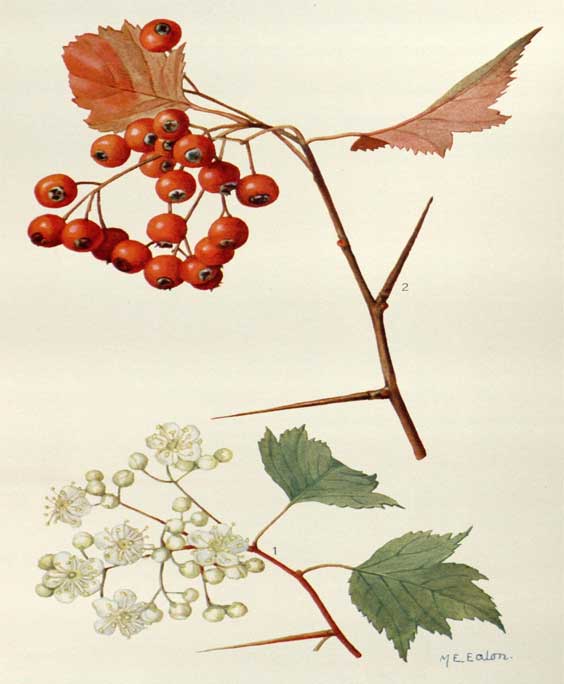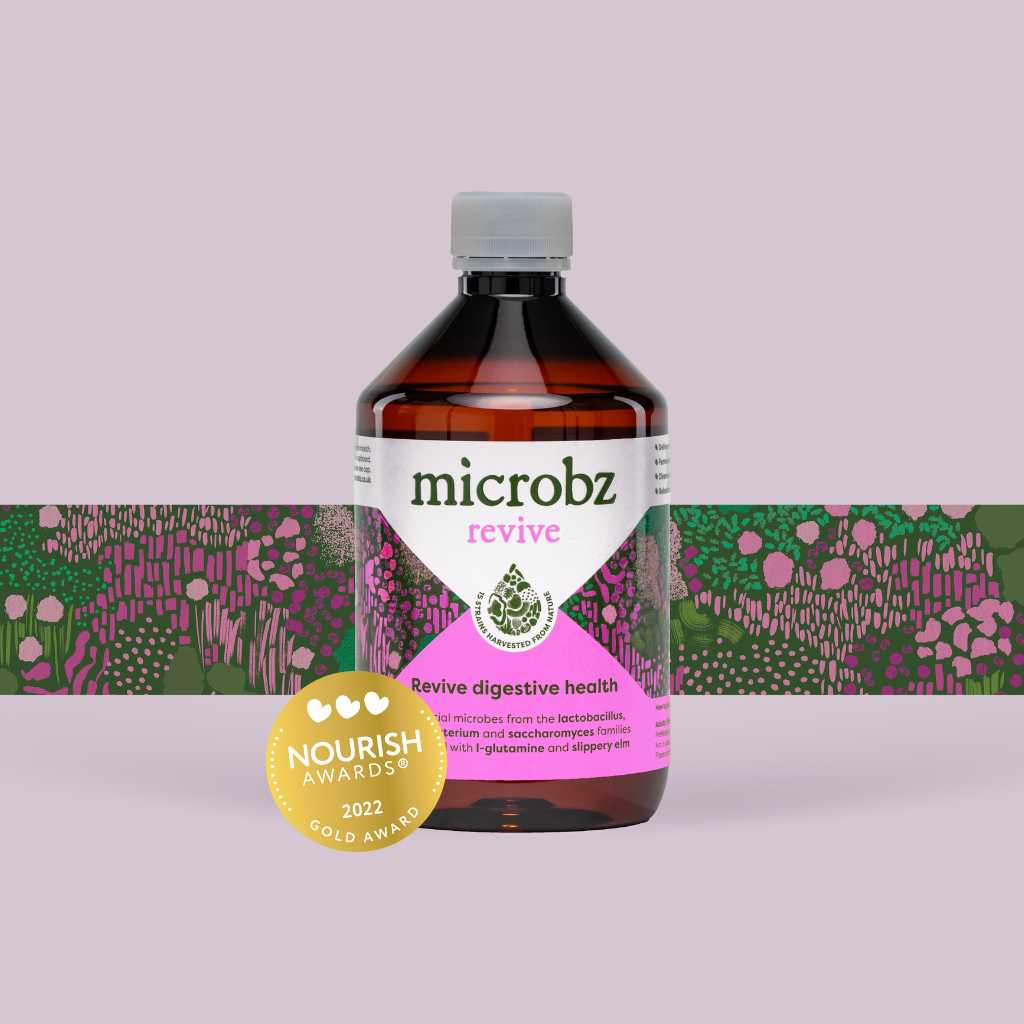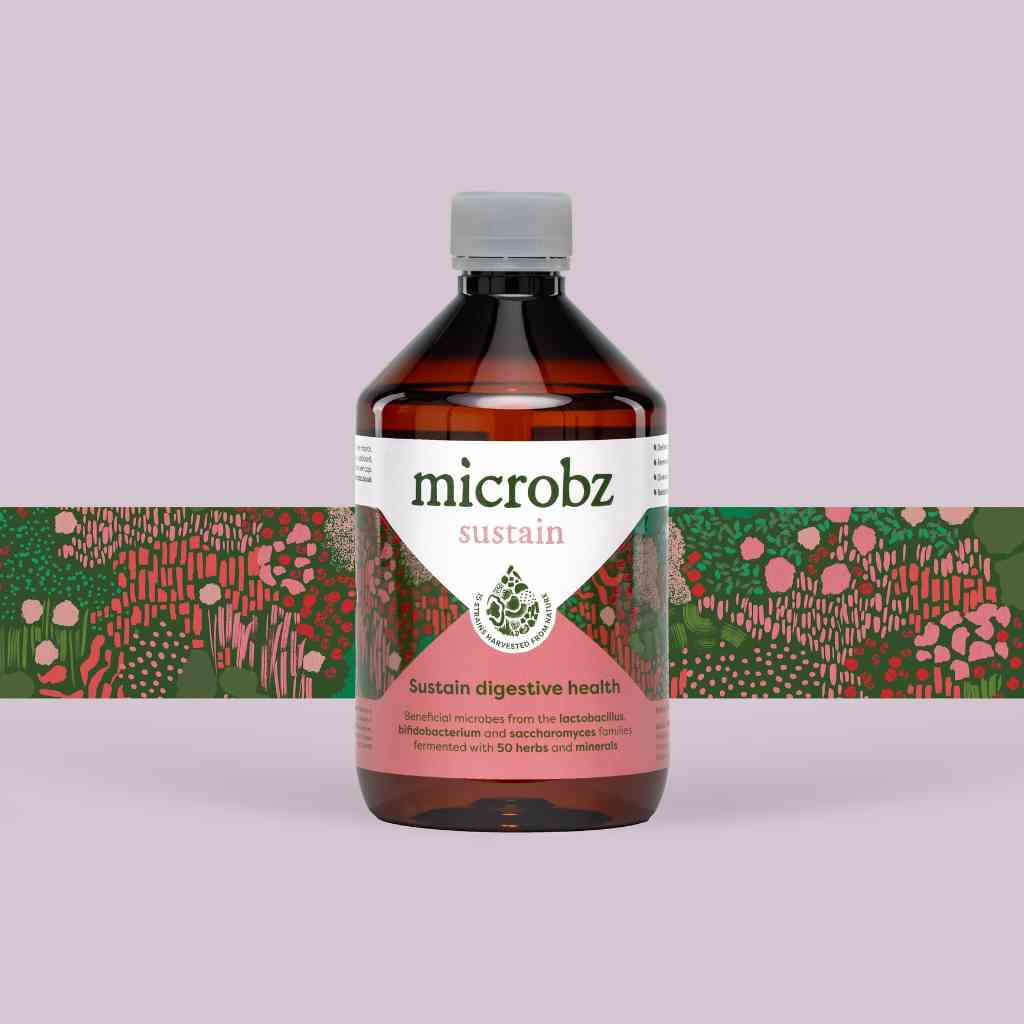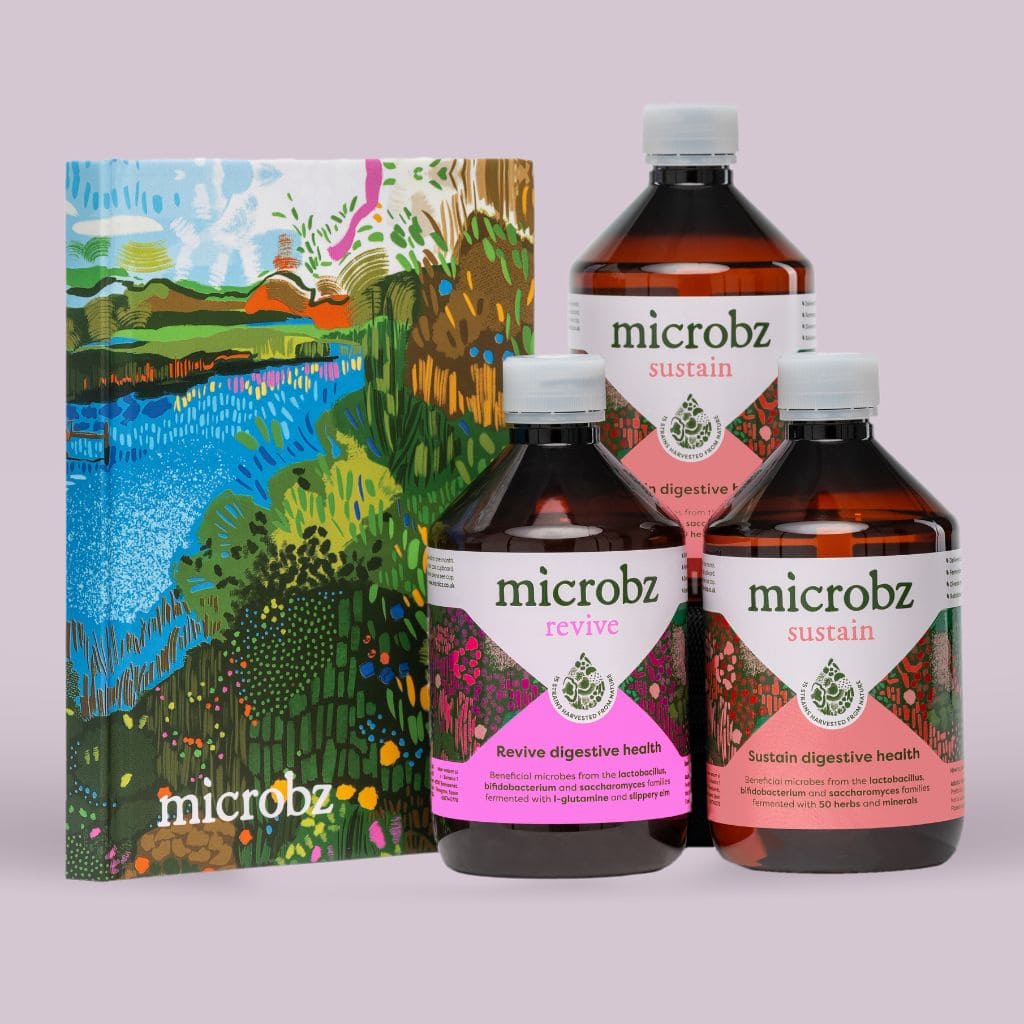History
Parts used:
Leaves, flowers and berries.
Constituents (bio available chemicals):
Flavonoids, oligomeric procyanidins, anthocyanins, triterpenoids and cardiotonic amines.
Nutritional constituents:
Vitamins: C (40-60g) in berries, carotene, B1, B2, E and P. Minerals: calcium, magnesium, iron, zinc, sodium, sulphur, copper, manganese, aluminium, beryllium, cadmium and lead. Several amino acids are found in the flowers and chlorophyll in the leaves.
Indications:
Angina, hypotension, hypertension, chronic heart failure, ectopic beat, valvular insufficiency, atheroma, oedoma and dyspnoea of cardiac origin, tachycardia, arrhythmia, atherosclerosis and chilblains.
Dosage:
Liquid extract: (1:2): 20 – 40ml per week. Dried herb in any form: 0.2 – 1g 3 x daily. Mills states that the action of Crataegeus is gentle but cumulative, so low doses for a minimum of 2 months is likely to be required.




